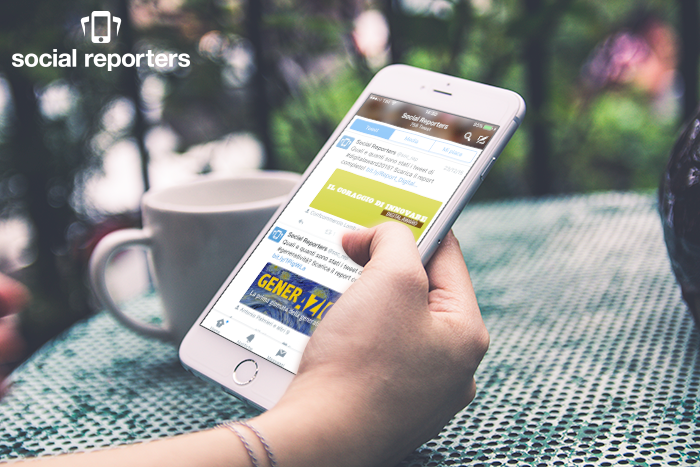A new way to ‘crowd source’ real-time reporting
Have you heard of it yet? Social reporting is the newest way that social media is being used to ‘crowd source’ real-time, live news about brands, organizations and events by allowing social reporters to share photos, videos, power point presentations, blogs and commentaries during a given event.
In Italy, www.social-reporters.com is leading the way with their website that allows brands to register their events and search for the most qualified social reporters in their area of interest, while individuals can register as Social Buzzers, Storytellers, or Social Reporters. This offers new opportunities for those with great social media skills to build their reputations and develop a career outside the traditional journalism context.
So, you might wonder, what does social reporting do that traditional media doesn’t? Setting up an event blog, photostream feed, along with video posts on Vimeo or YouTube and in concert with FB and Twitter posts, contributes to both facilitating and documenting the event while giving it a more personal, one-on-one tone and providing those not physically present the sensation that they’re also able to ‘participate’ in and respond to the event via tweets, messages, reposts, likes and comments.
For companies, brands, and organizations it means that they have the possibility to find the top media influencers and recruit specialized reporters in the production of real-time information, content and context analysis. It’s then possible to monitor the event’s primary metrics (reach, hashtags, quotes, likes, mentions and comments) and create real time Infographics that reflect this information. Even after the event is over, there is still work to be done! Post event reports can be generated that track key interactions that were generated by the Live Reporting, the reach achieved, the most active users, the reaction and the most discussed topics. Event organizers are able to leave feedback regarding how effective they felt a given Social Reporter (or social reporting team) was in achieving the event’s aims. This information helps users understand what best drives social media engagement so that they can more effectively connect with their fan base and even increase that base through follow-up storytelling.
Social Reporting can also reach towards goals that move beyond commercial development of companies and brands.
It functions as a communal memory of “what happened” at a given event, often in quite unplanned ways, and brought together by tags and/or hashtags. Different types of media are used so that there are multiple entry points for interpreting the event, making it accessible to more people and extending the conversation beyond any one, fixed approach (face-to-face, conference, lecture, presentation) in such away that those not physically present can still be ‘in the loop’.
Meanwhile, putting reporting in the hands of more and different types of people with access to different tools, technologies and approaches can be used to highlight peripheral voices by searching for and making a record of their experience. Social reporting is also a very effective tool for raising awareness, highlighting good practice, and making an impact in ways that incorporate a wider audience than just those who might briefly scan a traditional, written text.
© ArtValley 2016
Image © Social Reporters
